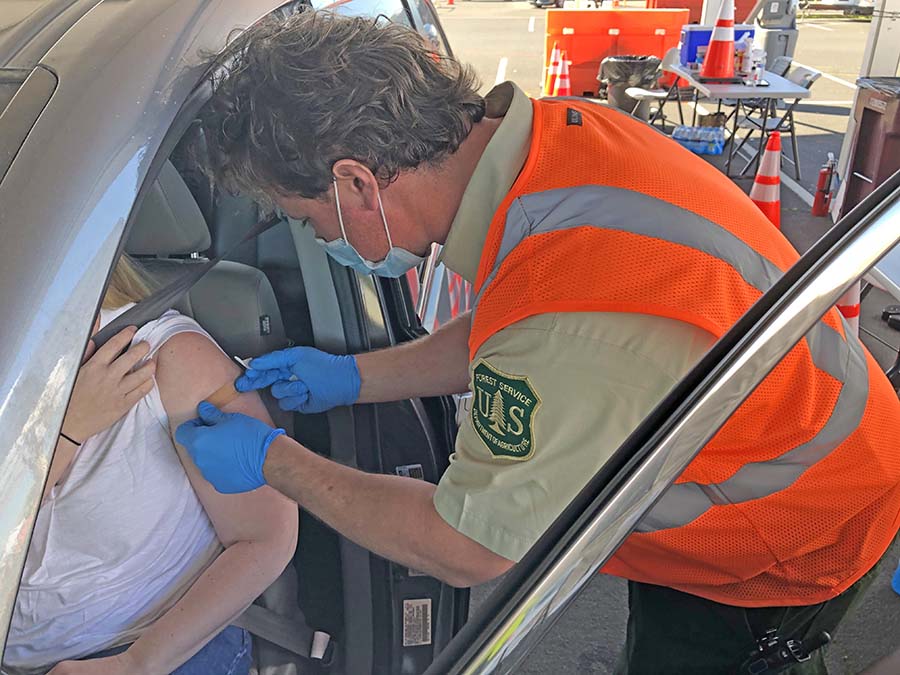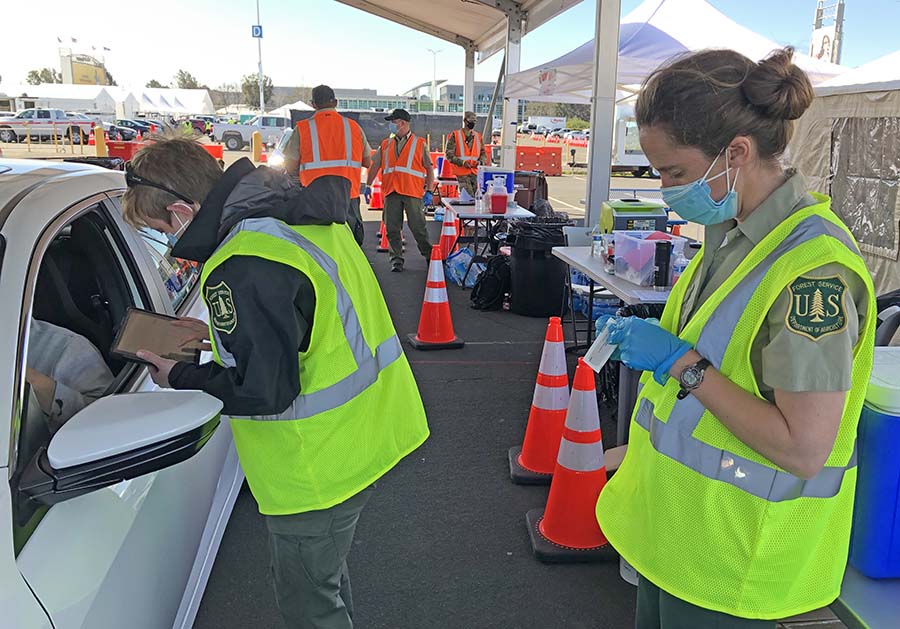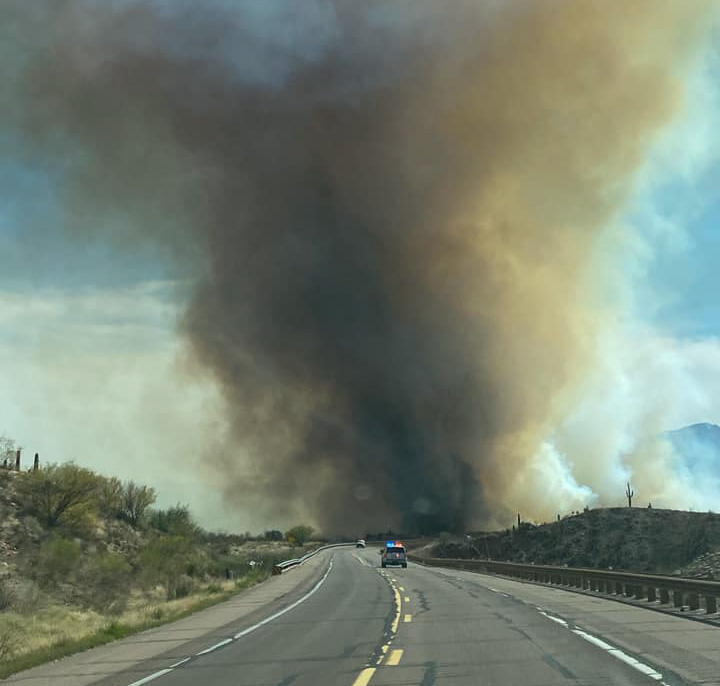
A group of nine land managers and researchers in Canada have put together a compendium highlighting the country’s accomplishments in wildland fire science over the last 50 years. Information in the 296 pages plus more than 300 references covers five key developments and contributions:
- The creation of the Canadian Forest Fire Danger Rating System;
- The relationships between wildland fire and weather, climate, and climate change;
- Fire ecology;
- Operational decision support; and,
- Wildland fire management.
There is also a case study about the evolution of wildland fire management in Banff National Park.
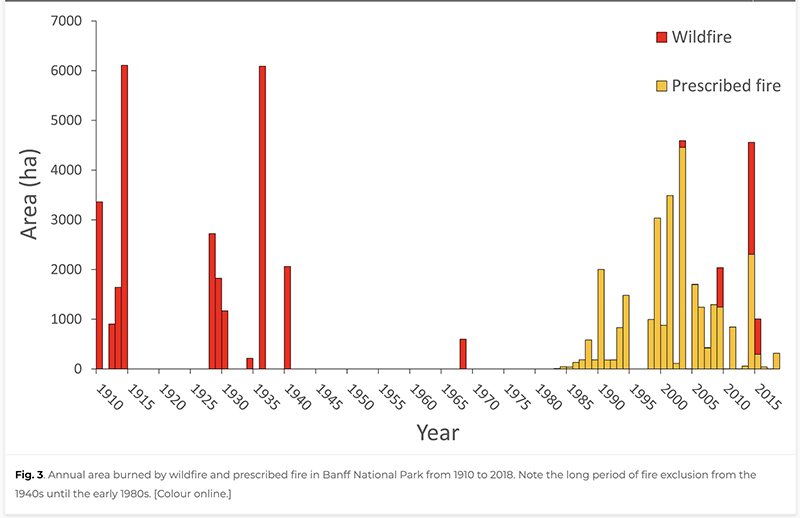
The paper discusses additional research needs, including:
- Further evaluation of fire severity measurements and effects;
- Efficacy of fuel management treatments; Climate change effects and mitigation;
- Further refinement of models pertaining to fire risk analysis, fire behaviour, and fire weather; and,
- Integration of forest management and ecological restoration with wildland fire risk reduction.
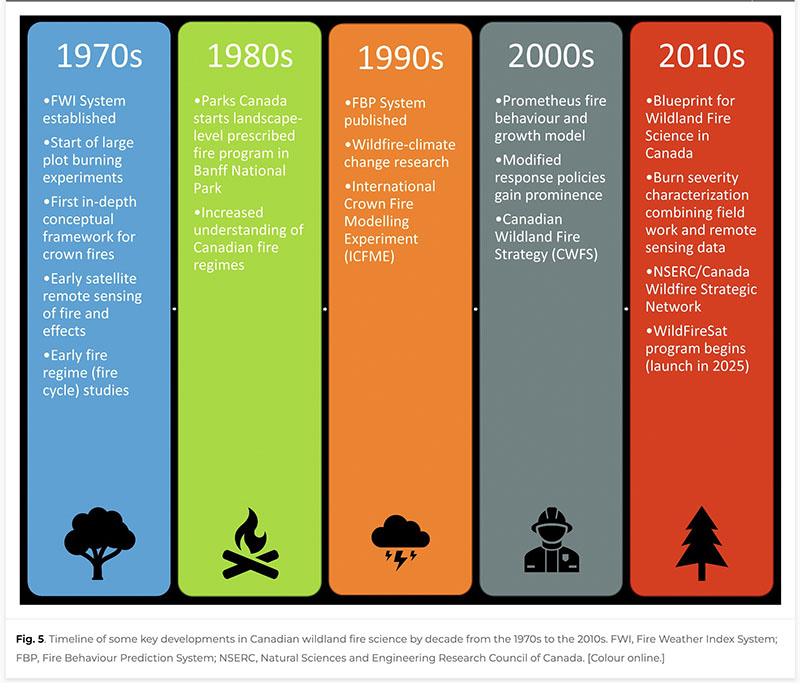
The paper is available at Canadian Science Publishing (html). A .pdf version is also online.
Authors of the referenced online document: Sean C.P. Coogan, Lori D. Daniels, Den Boychuk, Philip J. Burton, Mike D. Flannigan, Sylvie Gauthier, Victor Kafka, Jane S. Park, and B. Mike Wotton.





